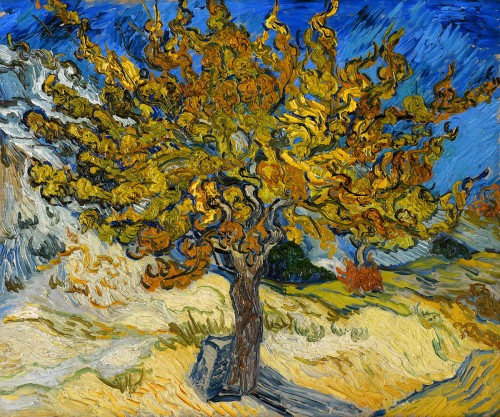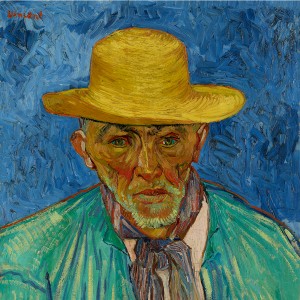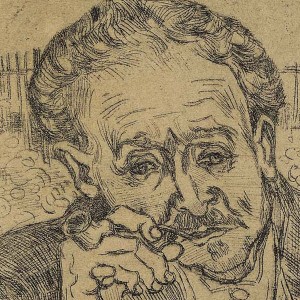Vincent van Gogh at the Norton Simon Museum

Despite having a career as a professional artist that was both brief and a commercial failure, Vincent van Gogh profoundly influenced the development of European art. During a short period between 1881 and 1890, he developed an expressive and now iconic style, whose emotive force inspired early 20th-century artist groups like Die Brücke and the Fauves. The Norton Simon Museum’s holdings of works by Van Gogh represent a cornerstone of the European art collection and remain some of the Museum’s most beloved objects. They are diverse in medium and subject, comprising six oil paintings, an early drawing, an etching and an autograph letter from 1890. Displayed on permanent view, the paintings afford viewers an illuminating survey of Van Gogh’s career and form the most comprehensive collection of his work in the western United States.
The three earliest paintings in the collection date from 1883 to 1885, when the artist moved into a vicarage where his father, a minister, and his mother lived. He was poor and in low spirits, having spent the last few years between jobs as an art teacher, an art dealer and a clergyman. Isolated in the Dutch countryside, Van Gogh took an interest in painting the local peasants and farmers. He was fascinated by their austere lifestyle and hard labor, producing works such as Winter, The Vicarage Garden Under Snow (1885) and Head of a Peasant Woman in a White Bonnet (1885), where thick, impasto strokes suggest the grime and physicality of agrarian life. Although the latter painting’s title might suggest the subject was unknown to Van Gogh, the “peasant” woman depicted is in fact Gordina “Sien” de Groot, the artist’s mistress. The portrait served as one of fifty studies completed by Van Gogh in preparation for his most ambitious work yet, The Potato Eaters (1885, Van Gogh Museum, Amsterdam), in which she is represented seated second from the left.
SHOW MORE

